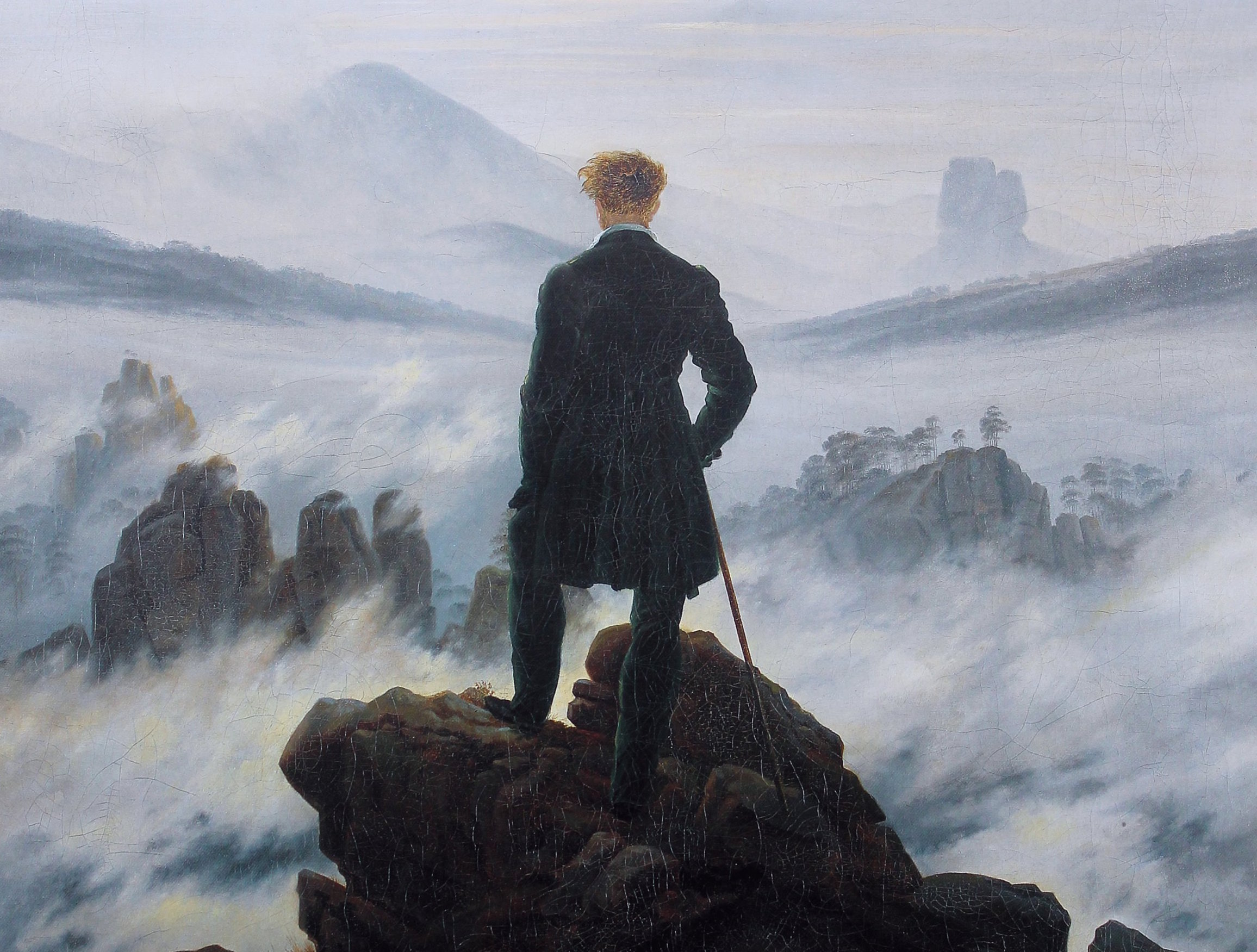
This article aims to unravel, illuminate, and problematize ways of seeing the non-human world in tourists’ Instagram posts about Swedish national parks, and also to consider the productive effects these might have on the relationship between humans and the non-human world. One country that is currently facing a shift towards an enhanced emphasis on tourism in its national parks is Sweden. Tourism in national parks is on the rise and contributes to shaping notions of the non-human world (often depicted as ‘nature’). It is expected that these findings generate further debate around this novel research topic and that they can help tourism destinations’ planners and managers. The results show how destinations might use social media to promote sustainable behaviours and reduce environmental impacts. Their current situation and response to overtourism is hereĪnalyzed, and some initiatives to mitigate their consequences are also presented.

This study explores this topic by analysing two cases: Faroe Islands and Iceland, two territories that have suffered increasing pressure by mass tourism generated by social media. However, research has paid scarce attention to how social media and influencers have contributed to overtourism and how they might also be part of the potential solution. Excessive pressure on tourist territories was associated to a great array of problems and was generated, among other, by promotion on social media and through travel influencers. Los resultados abren una nueva vía de investigación, pretenden estimular el debate académico en torno a esta cuestión, y pueden ser de interés para las autoridades de la planificación y gestión de destinos.īefore the crisis caused by COVID-19, and with a high probability of returning to the same situation, many tourism destinations were facing great challenges derived from overtourism. Este trabajo explora estas cuestiones partiendo del estudio de dos destinosĪltamente tensionados (Islas Feroe e Islandia), analizando su situación turística, así como la respuesta de las autoridades turísticas a través de la comunicación y el marketing para una mayor sostenibilidad turística.


No obstante, la investigación ha prestado escasa atención a cómo han influido redes e influencers en la presión sobre el espacio turístico y cómo estas mismas herramientas pueden, potencialmente, ser utilizadas con un fin opuesto (demarketing). Entre los factores desencadenantes de esta presión turística se encuentra la promoción de los destinos en redes sociales y el impacto de los contenidos compartidos por usuarios anónimos e influyentes en las redes. Implications for the future management of wildlands are discussed, including the balance between discouraging social media use and promoting inclusivity and the regulation of wilderness-related brands.Ĭon anterioridad a la crisis causada por la COVID-19, y con expectativas de volver a la misma situación, muchos destinos turísticos se han enfrentado en los últimos años a una demanda masiva que ha tensionado sus territorios y ha generado una ampla variedad de problemáticas asociadas al overtourism. Specifically, conspicuous consumption threatens the Aristotelian virtues of courage, justice, and temperance honed through wilderness leisure. This analysis yields the conclusion that wilderness leisure is a threatened phenomenon, endangered by sustained exclusivity and market- driven commodification, in-part fueled by conspicuous consumption. Citing the work of Aristotle and Veblen, a philosophical analysis of virtue and leisure is paired with a review of the wilderness construct and its commodification. However, this article makes the specific argument that the increasingly conspicuous consumption of wilderness, largely through apparel and social media, presents emerging risks to the virtues of time spent in wildlands – including, courage, justice, and temperance. Threats to the virtue of wilderness through commodification of the wilderness experience have been previously documented. The wilderness construct has long-been associated with the virtuous life.


 0 kommentar(er)
0 kommentar(er)
